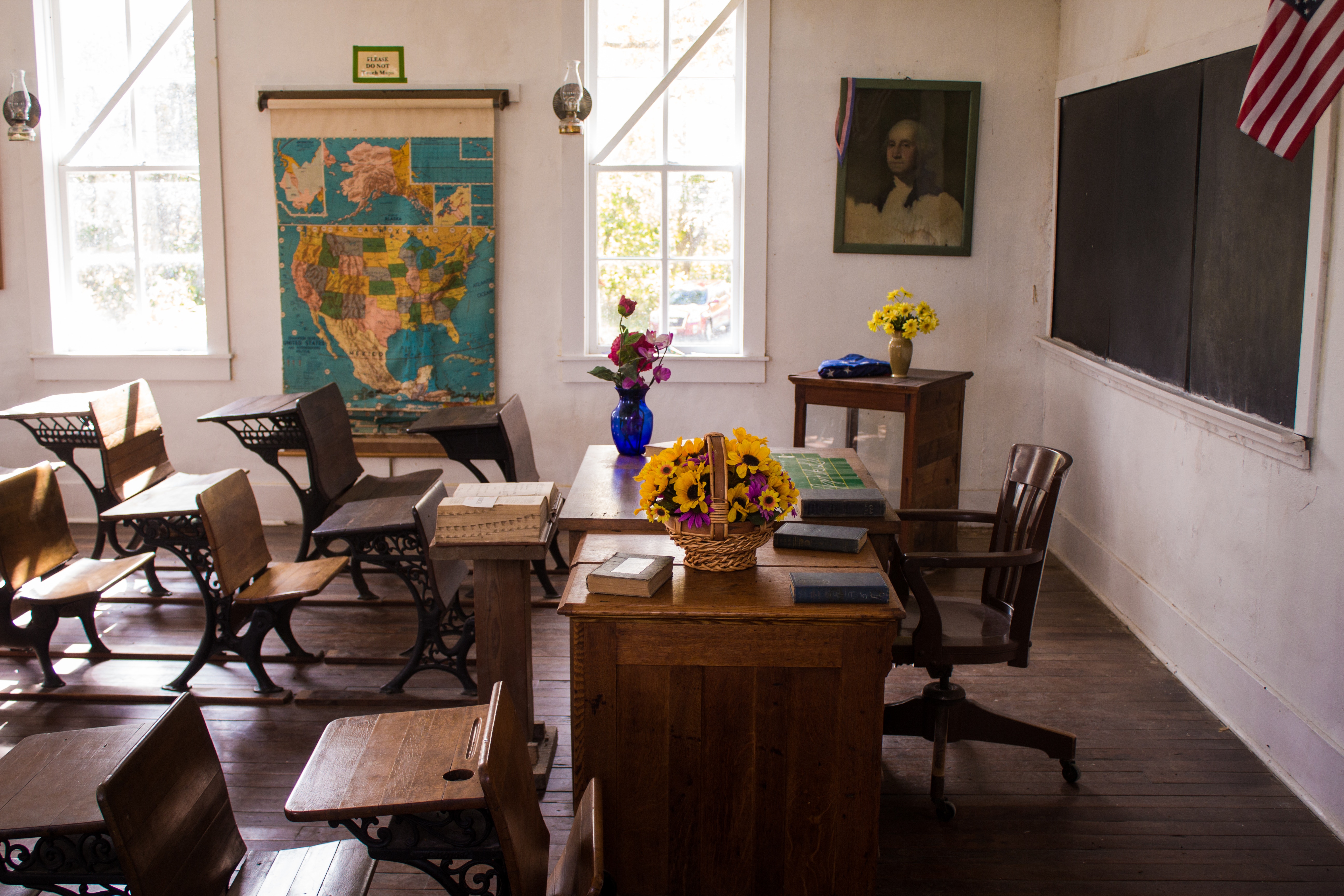If you ask the average person what they learned about poetry in school, they might remember suffering through a few 17th-century English poets and barely squeaking by with the help of SparkNotes. But poetry in the classroom doesn’t have to be stuffy. It doesn’t have to be as epic and as long as Don Juan or as dense as Paradise Lost. If we start with an easy access-point, poetry can give students a chance to be creative, break the rules, and express themselves.
In a fun and open environment, students can think of poetry as an art class with words. They can get creative with language, rhyme, and meter; they can take delight in odd, pretty, or unusual sounds, rhythms, and even puns. Think of poets like Dr. Seuss and Shel Silverstein. Popular with children, these writers knew how to manipulate language in a fun and playful way. This is also an opportunity to show students that from Shakespeare to modern rap, poetry is at the heart of all lyrical expression.
Because of the often short nature of poems, poetry can teach students a lot about word choice. Every word must be packed with meaning. Take a moment to unpack each word; why the poet would choose one word over another? Why weep instead of cry, why smoke a pipe instead of a cigarette, why use a double negative when that’s technically wrong? This exercise will help students not just be better poets, but better readers and writers overall.
But words aren’t the sole element in poems. Through poetry, students can also learn the underappreciated importance of silence. A line break, a pause, a comma, or a period placed in the right spot in a poem can make your heart skip a beat. Sometimes, the most powerful word choice is choosing no words at all.
While studying poetry can impart great lessons in word choice and structure, it’s also a chance for students to take a break from the rules. Give students a chance to see poetry as a recess from grammar class. Trailblazing poets like Ezra Pound and E. E. Cummings made their names by doing away with the rules of rhyme, meter, and even capitalization. In poetry, there is no “right” answer. It’s personal, visceral, and subjective. Students have the freedom to read, interpret, write, and rewrite without the fear of the red pen.
Once students know they have the freedom to write what they feel, poetry becomes a new and beautiful way for them to express themselves. Through poetry, they can bridge the gap between the thoughts inside their heads and the outside world. A perfect example of this is Langston Hughes’s “Theme for English B,” in which he breaks down the barrier between himself and his instructor, and by extension, the rest of the country. He writes:
Well, I like to eat, sleep, drink, and be in love.
I like to work, read, learn, and understand life.
I like a pipe for a Christmas present,
or records—Bessie, bop, or Bach.
I guess being colored doesn’t make me not like
the same things other folks like who are other races.
So will my page be colored that I write?
Being me, it will not be white.
But it will be
a part of you, instructor.
You are white—
yet a part of me, as I am a part of you.
That’s American.
Sometimes perhaps you don’t want to be a part of me.
Nor do I often want to be a part of you.
But we are, that’s true!
As I learn from you,
I guess you learn from me—
although you’re older—and white—
and somewhat more free.
This is my page for English B.
Hughes uses poetry to talk about his identity and experience in a way that allows others to relate, ultimately tackling bigger themes in the process. And Hughes isn’t the only one who does this. Gloria Anzaldúa expresses her lifelong experiences of cultural marginalization, while Sylvia Plath paints a picture of clinical depression and women’s oppression. These two poets’ styles differ greatly, yet at the heart of their poetry is their personal experience. Students should see poetry as a chance to express the things that are uniquely them, but in a way that helps people understand who they are and how they feel.




